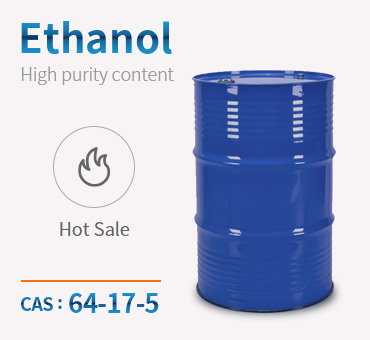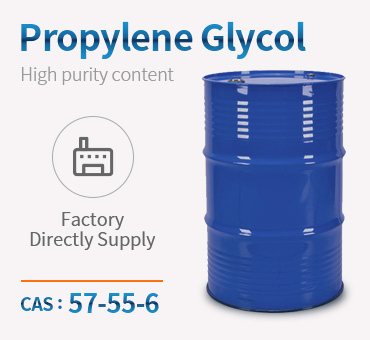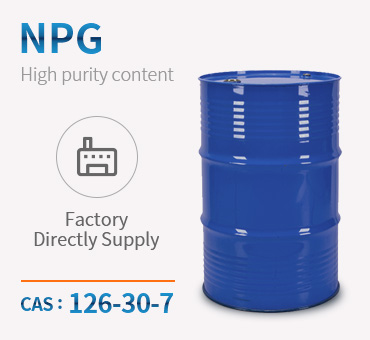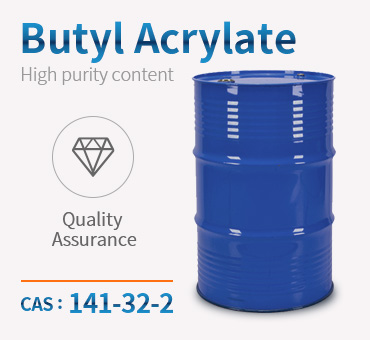China Butyl Acrylate Butyl Acetate (NBAC) CAS 123-86-4 High Quality And Low Price – Chemwin Detail:
Product Name:N-Butyl acetate
Molecular format:C6H12O2
CAS No:123-86-4
Product molecular structure:

Specification:
|
Item |
Unit |
Value |
|
Purity |
% |
99.5 min |
|
Color |
APHA |
10max |
|
Acid value (as acetate acid) |
% |
0.004max |
|
Water Content |
% |
0.05max |
|
Appearance |
- |
Clear liquid |
Chemical Properties:
n-Butyl acetate, also known as Butyl acetate, is an organic compound commonly used as a solvent in the production of lacquers and other products. It is also used as a synthetic fruit flavoring in foods such as candy, ice cream, cheeses, and baked goods. Butyl acetate is found in many types of fruit, where along with other chemicals it imparts characteristic flavors. apples, especially of the Red Delicious variety, are fl avored in part by this chemical. It is a colorless flammable liquid with a sweet smell of banana.
Butyl acetate is a clear, flammable ester of acetic acid that occurs in n-, sec-, and tert- forms (INCHEM, 2005). Butyl acetate isomers have a fruity, banana-like odor (Furia, 1980). Isomers of butyl acetate are found in apples (Nicholas, 1973) and other fruits (Bisesi, 1994), as a well as in a number of food products, such as cheese, coffee, beer, roasted nuts, vinegar (Maarse and Visscher, 1989). Butyl acetate is manufactured via esterification of the respective alcohol with acetic acid or acetic anhydride (Bisesi, 1994). N-butyl acetate is used as a solvent for nitrocellulose-based lacquers, inks, and adhesives. Other uses include manufacture of artificial leathers, photographic film, safety glass, and plastics (Budavari, 1996). Isomers of butyl acetate are also used as flavoring agents, in manicure products, and as larvicides (Bisesi, 1994). The tert-isomer has been used as a gasoline additive (Budavari, 1996). It may be used as a synthetic fruit flavoring in candy, ice cream, cheeses, and baked goods (Dikshith, 2013).
Butyl acetate is a colorless or yellowish liquid with a strong fruity odor. burning and then sweet taste reminiscent of pineapple. It occurs in many fruits and is a constituent of apple aromas. Butyl acetate is incompatible with strong oxidizing agents, strong acids, and strong bases.
There are 4 isomers. At 20 °C, the density of the n-butyl isomer is 0.8825 g/ cm3, and the density of the sec-isomer is 0.8758 g/cm3 (Bisesi, 1994). The n-butyl isomer is soluble in most hydrocarbons and acetone, and it is miscible with ethanol, ethyl ether, and chloroform (Haynes, 2010). It dissolves many plastics and resins (NIOSH, 1981).
Clear, colorless liquid with a strong fruity odor resembling bananas. Sweetish taste as low concentrations (<30 μg/L). Experimentally determined detection and recognition odor threshold concentrations were 30 μg/m3 (6.3 ppbv) and 18 μg/m3 (38 ppbv), respectively (Hellman and Small, 1974). Cometto-Mu?iz et al. (2000) reported nasal pungency threshold concentrations ranged from approximately 550 to 3,500 ppm.
Application:
n-Butyl acetate is used in the manufactureof lacquers, plastics, photographic films, andartificial leathers.
Butyl acetate is one of the more important derivatives of n-butyl alcohol produced commercially, is employed as a solvent in rapid drying paints and coatings. In some instances, butyl acetate, C6H12O2, has replaced ethoxyethyl acetate due to the latter’s reported toxicity and teratogenicity.
Butyl Acetate is a flavoring agent which is a clear, colorless liquid possessing a fruity and strong odor. it is sparingly soluble in water and miscible in alcohol, ether, and propylene glycol. it is also termed n-butyl acetate.
Product detail pictures:
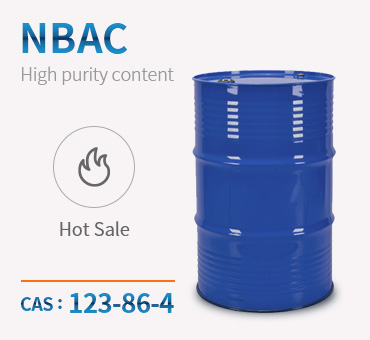
Related Product Guide:
Assume full accountability to fulfill all demands of our purchasers; attain continual advancements by marketing the advancement of our clientele; grow to be the final permanent cooperative partner of purchasers and maximize the interests of purchasers for China Butyl Acrylate Butyl Acetate (NBAC) CAS 123-86-4 High Quality And Low Price – Chemwin , The product will supply to all over the world, such as: luzern, Melbourne, Iraq, We believe in establishing healthy customer relationships and positive interaction for business. Close cooperation with our customers has helped us to create strong supply chains and reap benefits. Our products have gained us widespread acceptance and the satisfaction of our worldwide valued clients.
The company can think what our think, the urgency of urgency to act in the interests of our position, can be said this is a responsible company, we had a happy cooperation!
Products categories
-

Phone
-

E-mail
-

Whatsapp
-

Top


